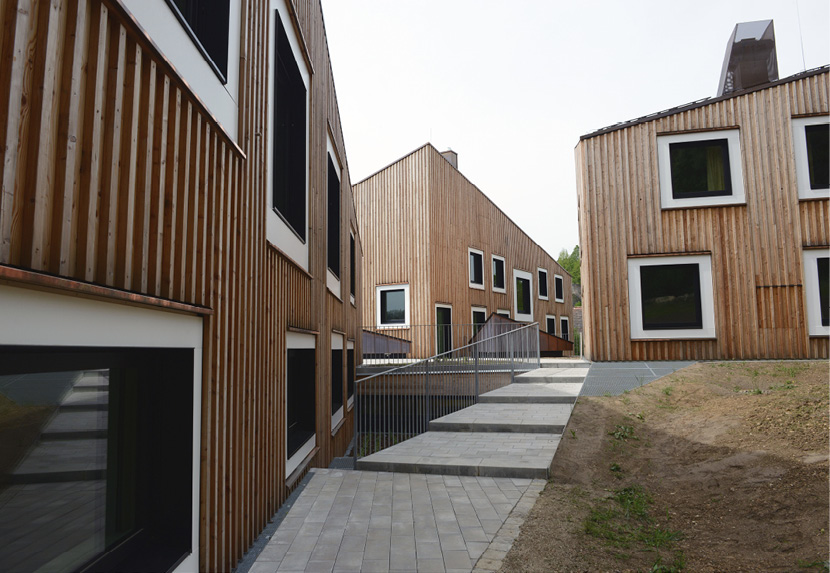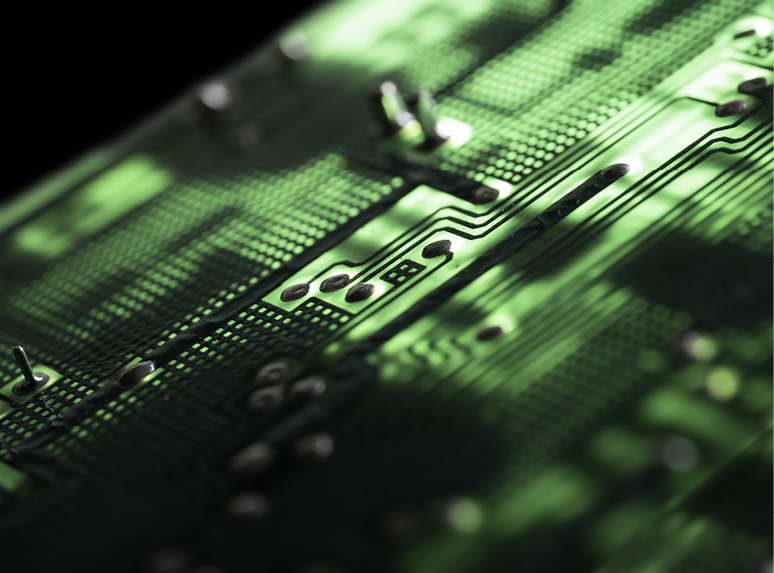In the name of sustainability
The Fraunhofer-Gesellschaft has set itself an ambitious climate objective: It has committed itself to making its scientific operations climate-neutral by 2030 and to reduce the emissions created by its headquarters and institutes to virtually zero by 2045. To this end, over 100 officers for climate neutrality and sustainability have been appointed across all Fraunhofer establishments. Their task is to develop and implement the institute’s own climate strategy and to initiate and coordinate suitable measures and structures. Furthermore, Fraunhofer will of course continue to develop and advance technologies that help industrial enterprises and society implement sustainability.

Climate action at Fraunhofer IIS
As the largest institute in the Fraunhofer-Gesellschaft, Fraunhofer IIS is actively transforming its scientific operations in the pursuit of greater sustainability. Dr. Peter Dittrich, Deputy Director of Fraunhofer IIS, is an officer with responsibility for implementing sustainability in everyday business at the institute. For example, he oversaw the installation of heat pumps at three of the institute’s locations – Erlangen, Nuremberg and Fürth – and is organizing the installation of solar panels. New buildings at Fraunhofer IIS are also being designed with sustainability in mind. Take the Fraunhofer building in Waischenfeld, for example, which meets low-energy standards and was built by regional companies using local timber. “Fraunhofer IIS has long made sure that its construction activities obtain the ‘silver’ quality standard under the Assessment System for Sustainable Building (BNB),” Dittrich confirms.
Employees should also actively pursue the implementation of sustainable thinking in everyday situations. Indeed, Fraunhofer IIS’s participatory energy saving initiative has proved to be a big success. All employees were asked to contribute their ideas on energy saving. The suggestions are collected in an action list on the intranet. This list is continually expanded. The aim is to underscore the message that sustainability begins with the individual. If, for example, every single one of the around 1,200 employees were to switch off their computer monitors when finishing up for the evening, that would have a big impact. An individual cannot make a difference?
Nothing could be further from the truth!

Sustainability through research
The technologies developed at Fraunhofer IIS are an engine for greater sustainability. Intelligent digital controls for devices, systems, processes and networks make an important contribution to energy savings and therefore to the reduction of CO2 emissions. On the other hand, the increasing use of sensors, electronics and artificial intelligence means more energy consumption. If microelectronics is to contribute to substantial energy savings, it is vital not only to consider the energy efficiency of every individual component but that of the overall networked system. We do this, among other places, at Green ICT @ FMD, a cross-location competence center for resource-conserving information and communication technology, where we further develop corresponding applications.
The RFicient® chip developed by Fraunhofer IIS also represents a giant leap forward, facilitating power savings of over 99 percent (see Page 11). At a conservative estimate, more than 50 million IoT devices will benefit from this new sustainable technology over the coming years.
- www.iis.fraunhofer.de/research-sustainability (iis.fraunhofer.de)
More about #HOW
- Resource-efficient technologies for sustainable, global value creation
- Outlook: Neuromorphic computing as an AI accelerator
- German Research Foundation CRC/TRR 154 enters third phase
- The InSignA High-Performance Center
- Fraunhofer IIS projects in phase 4 of the High-Performance Center Electronic Systems (LZE)